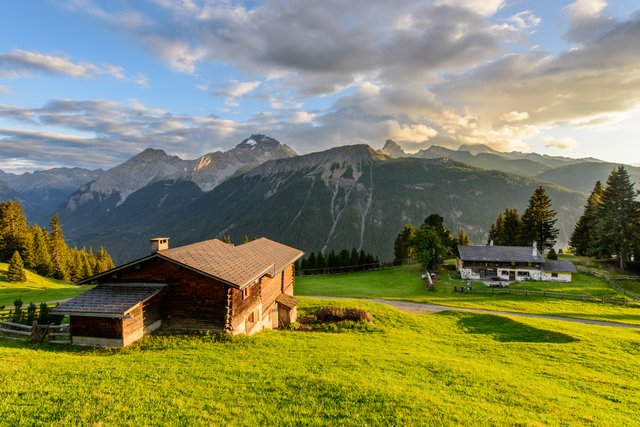
Est. 2005 (officially labelled since 2012 as a Regional Nature Park)
Goals:
To preserve and enhance cultural and natural landscape; to promote sustainable economic development in the region; and, finally, to promote education for sustainable development and raising awareness for environmental protection
Regional environmental challenge(s):
As Switzerland’s largest regional nature park, Parc Ela comprises a very diverse area geographically, where value creation is to be driven and the exit of young people reduced, while maintaining and protecting the natural treasures. Harmonising the different demands of land use and conservation in a changing world (renewable energy, sustainable mobility, climate change, winter and summer tourism to name but a few) is our big challenge for the present and future.
Successes:
3 oasis for insects built;
4.7 km dry stone walls reconstructed;
8 water bodies established and/or rehabilitated;
about 375 ares of hedges, 1700 ares of moorlands and 10360 ares of pasture landscape and forest area maintained;
more than 16 consultations for insect-friendly gardening
and more than 80 excursions with the childrens’ group “Detectivs” lead through
Learn more about Parc Ela's initiatives and projects on their website.
What do you gain from being an ALPARC member?
We definitely gain an international perspective on transborder challenges we all experience at a local level. We highly appreciate the network and its members who contribute to an active Protected Area community at the Alpine level.
What challenges do you see for protected areas in the coming years/decades?
Among the major threats are to be mentioned climate change, biodiversity loss and growing (summer) tourism which is important on an economic level but needs to be guided wisely.
How important do you think protected areas will be in the coming years?
Protected areas are and will be of crucial importance, as these are the regions where biodiversity can thrive. Moreover, they serve as model regions for sustainable development as they implement concrete projects with a measurable impact on the territory.
What is your advice for those interested in future alpine conservation efforts, or those interested in outdoor alpine activities?
Many things have already been said regarding conservation efforts, unfortunately, people need to experience the detrimental effects biodiversity loss causes before truly believing it and change behavior. Hence, it is crucial to form alliances, join specific projects and cooperate for levelling the topic up and increasing its importance at the political agenda. People interested in outdoor alpine activities shall become acquainted with the area, stick to the routes and follow general recommendations such as those of the campaign Be Part of the Mountain. Moreover, the parc staff and local guides might provide guidance in understanding the interdependence between flora and fauna and provide in-depth insights to the ecosystems which are to be explored.
Any final words of wisdom?
It is important to bravely embrace new paths for challenging the major threats to our living environment.

